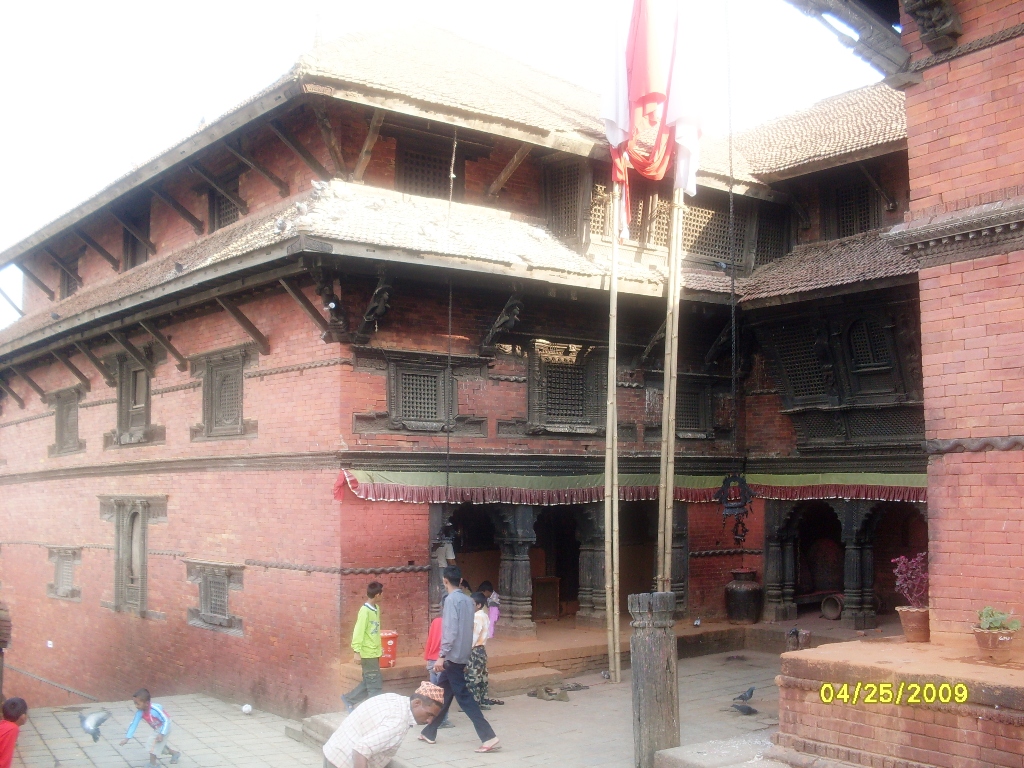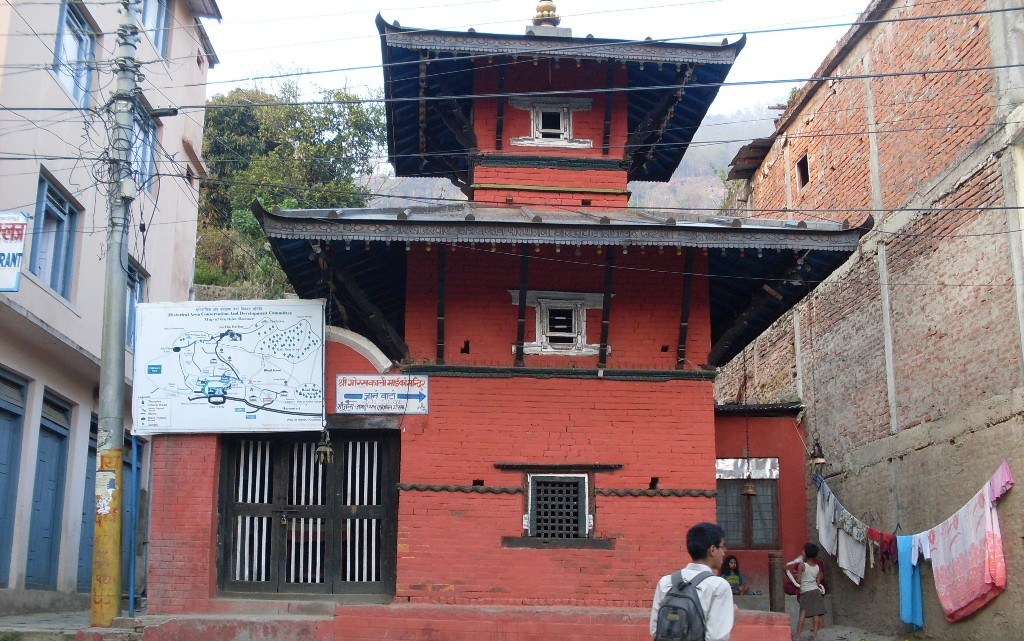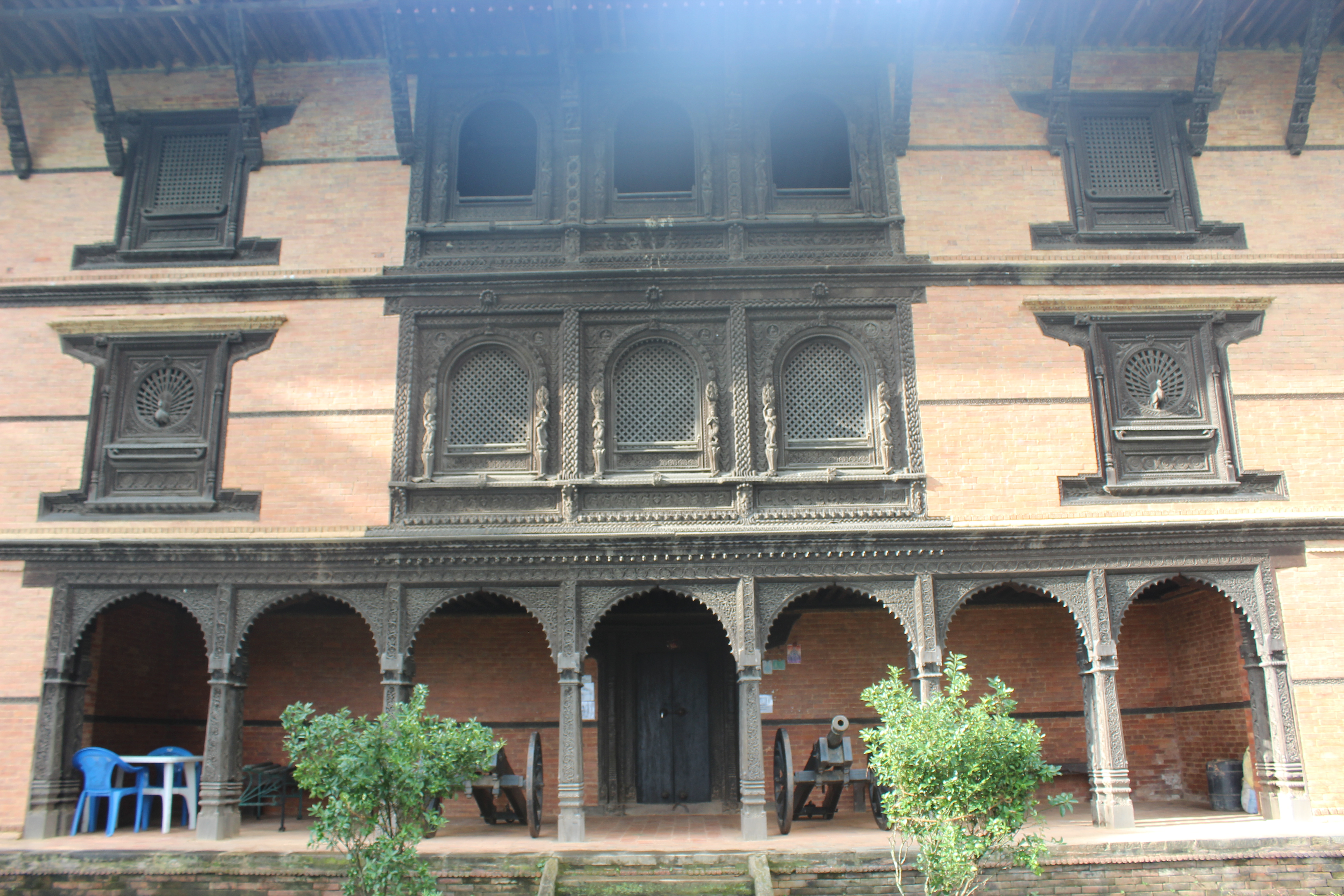Gorkha Durbar on:
[Wikipedia]
[Google]
[Amazon]
 The Gorkha Palace, located in the Gorkha district of
The Gorkha Palace, located in the Gorkha district of

 The Goraknath temple is located near the Gorakhali temple. Goraknath was a Hindu yogi who was an influential founder of the Nath Hindu movement and also one of the two notable disciples of Matsyendranath. This place holds a fair every year on the day of Baisakh Purnima (the full moon day on the month of Baisakh) in Gorakhnath Cave. There is also a cave that is claimed as the shelter of Gorakhnath where he meditated Tantras (Hinduism), Tantra.
The Goraknath temple is located near the Gorakhali temple. Goraknath was a Hindu yogi who was an influential founder of the Nath Hindu movement and also one of the two notable disciples of Matsyendranath. This place holds a fair every year on the day of Baisakh Purnima (the full moon day on the month of Baisakh) in Gorakhnath Cave. There is also a cave that is claimed as the shelter of Gorakhnath where he meditated Tantras (Hinduism), Tantra.




 The Gorkha Palace, located in the Gorkha district of
The Gorkha Palace, located in the Gorkha district of Nepal
Nepal (; ne, नेपाल ), formerly the Federal Democratic Republic of Nepal ( ne,
सङ्घीय लोकतान्त्रिक गणतन्त्र नेपाल ), is a landlocked country in South Asia. It is mai ...
, is a historic landmark built in the 16th century by Ram Shah
Ram Shah ( ne, राम शाह; reign before 16061636) was the king of the Gorkha Kingdom (present-day Gorkha District, Nepal). He was the son of King of Gorkha Purna Shah and brother of Chatra Shah. He acceded in the throne in c. 1606 after ...
. The palace is built on top of a hill at an altitude of about . This palace is an hour walk from the downtown Gorkha bazaar.
The palace is the birthplace of the king Prithvi Narayan Shah
Maharajadhiraj Prithvi Narayan Shah (1723–1775) ( ne, श्री ५ बडामहाराजाधिराज पृथ्वीनारायण शाह देव) was the last ruler of the Gorkha Kingdom and first monarch of the ...
who was born in 1723 and started the unification of Nepal
The Unification of Nepal, also known as Expansion of Gorkha Kingdom, officially began in 1743 AD (1799 BS) after King Prithvi Narayan Shah of Gorkha launched an aggressive annexation campaign seeking to broaden his own kingdom's border. After ...
. Prithvi Narayan Shah was born in the Dhuni Pari, a part of the Palace.
The Palace
The palace lies on the hilltop and is completely fortified. It is an example of Newa architecture, Newari architecture. The walls of the palace are about three feet thick. The floors are supported by extended wooden beams.
Temples inside and near the Palace
Gorkha Durbar also has religious importance due to the placement of various Hindu temples inside the palace. In the western part of the palace lies Kalika temple which was built during the 17th century. The temple has wooden carvings of birds, animals and deities. The temple of Goddess Gorakhkali lies on the southwestern side of the palace. The Goraknath temple is located near the Gorakhali temple. Goraknath was a Hindu yogi who was an influential founder of the Nath Hindu movement and also one of the two notable disciples of Matsyendranath. This place holds a fair every year on the day of Baisakh Purnima (the full moon day on the month of Baisakh) in Gorakhnath Cave. There is also a cave that is claimed as the shelter of Gorakhnath where he meditated Tantras (Hinduism), Tantra.
The Goraknath temple is located near the Gorakhali temple. Goraknath was a Hindu yogi who was an influential founder of the Nath Hindu movement and also one of the two notable disciples of Matsyendranath. This place holds a fair every year on the day of Baisakh Purnima (the full moon day on the month of Baisakh) in Gorakhnath Cave. There is also a cave that is claimed as the shelter of Gorakhnath where he meditated Tantras (Hinduism), Tantra.

Museum
The museum located inside the premises of the palace houses various items including armours, paintings and the Divya Upadesh of Prithvi Narayan Shah.
Surroundings
The palace also serves as a viewpoint to observe Manaslu, Himalchuli, Annapurna Massif, Annapurna and Ganesh Himal, Ganesh peaks of the Himalayas in the Northern side while planes of Gorkha and surrounding villages in the southern side. The “eternal flame” lies on the southern part of the palace which has been lit since the unification of Nepal.Impact of 2015 earthquake
The April 2015 Nepal earthquake partially damaged the palace. It took over two years for the reconstruction process to start by the Department of Archeology and the work started on November 15, 2017. As of 2022, the repair work is still ongoing.
Tourism
According to the Gorkha Museum, 48,233 people visited the palace in 2015–2016. In 2016–2017, there were 72,648 visitors and in 2017–2018, there were 77,753 visitors.See also
*Gorkha Municipality *Narayanhiti Palace *Sita cave, believed to be the longest cave in NepalReferences
{{Reflist Shah palaces of Nepal Forts in Nepal 16th-century establishments in Nepal Buildings and structures in Gorkha District